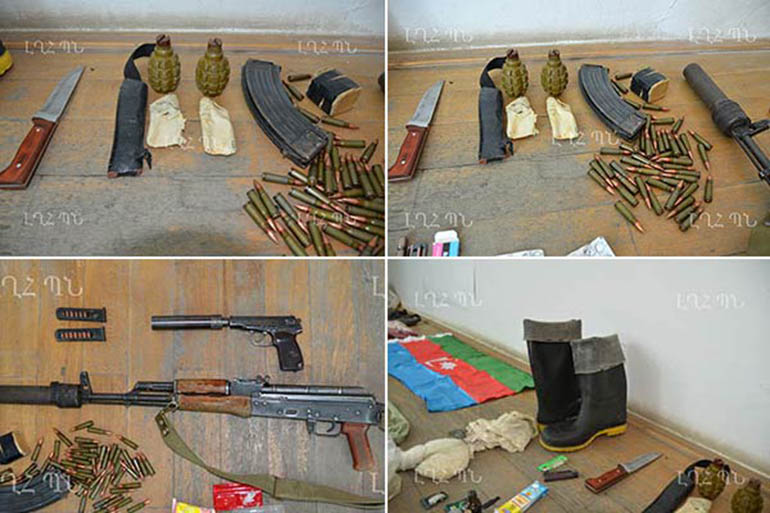STEPANAKERT (RFE/RL) — The number of foreign tourists visiting Nagorno-Karabakh is continuing to increase rapidly after substantial growth recorded in recent years, authorities in the Armenian-populated territory said on Monday.
Official figures released by the Nagorno-Karabakh Republic’s Tourism Department show a doubling of visitors in the first quarter of this year.
According to the department, some 16,000 tourists from 86 nations visited Karabakh last year, up by 40 percent from 2011. They spent an estimated $6 million on accommodation, food and services.
These figures do not include residents of Armenia, who also appear to be travelling to Karabakh in larger numbers these days.
The authorities in Stepanakert had reported similar annual growth since 2007 when the official number of non-Armenian tourists stood at around 5,000. The tourism sector’s expansion is evidenced by the emergence of new hotels and guesthouses not only in Stepanakert but also Shushi, Karabakh’s second most important town.
Sergey Shahverdian, the head of the Tourism Department, said the growing influx shows that the NKR leadership is succeeding in promoting the once war-ravaged territory as a tourist destination despite Azerbaijani obstruction.
“The state is implementing a coordinated policy on tourism,” he told RFE/RL’s Armenian service (Azatutyun.am). “That includes forming a favorable image of the Nagorno-Karabakh Republic in targeted tourist markets through special brochures and promotional articles in various authoritative publications.”
“The other direction of our efforts is to create more comfortable conditions for visiting tourists,” Shahverdian said. That means not only upgrading the local tourism infrastructure but also exposing foreigners to more historical sites in Karabakh, he said.
Karabakh’s main tourist attractions are mountainous scenery, medieval Armenian monasteries as well as a cave complex thought to be the site of one of the most ancient proto-human habitations in Eurasia. They are located several dozen kilometers away from the heavily militarized “line of contact” separating the Karabakh Armenian and Azerbaijani armies.
“I thought that Karabakh is a small place like a village, but this place is much bigger. I didn’t expect to see so much natural beauty here,” one tourist, an ethnic Armenian man from Kuwait, said as he spent time in a Stepanakert café with several other Kuwaiti Armenians.
“As you know, Kuwait is a desert country,” said one of them. “There are practically no green areas there. People living there don’t see so much greenery and so many mountains.”
More than 300 foreign dignitaries and ordinary visitors have been declared personae no grata in Azerbaijan for visiting Karabakh. The Azerbaijani Foreign Ministry released their updated blacklist earlier this month.










